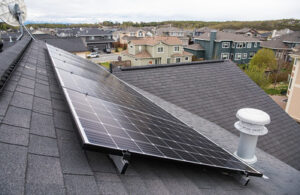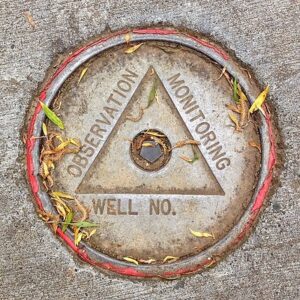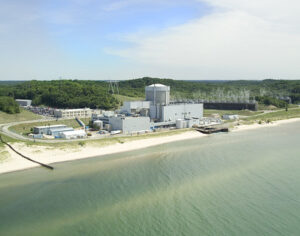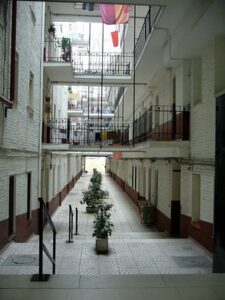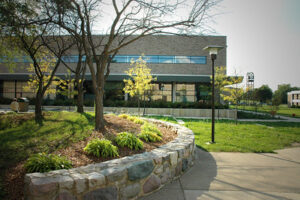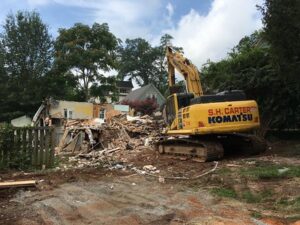If you live in Washtenaw County, you have most likely heard about the “Ann Arbor Greenbelt.” The Greenbelt is one of two publicly funded programs that buy the development rights for undeveloped land in Washtenaw County. If you don’t live in Ann Arbor, you may believe the Greenbelt doesn’t affect you. Unfortunately, the Greenbelt affects everyone in Washtenaw County, but not everyone reaps the same benefits.
In 2003, voters in the City of Ann Arbor authorized a 30-year millage to generate funds to create parkland within the City and to purchase select parcels of land in Pittsfield, Scio, Northfield, Salem, Webster, Superior, Lodi and Ann Arbor townships for the purpose of creating a greenbelt. On its website, the City Ann Arbor describes the Greenbelt as follows:
“The Greenbelt program is an innovative land preservation program that has protected thousands of acres of farmland and open space around the city of Ann Arbor. The program makes use of millions of dollars from grants, landowner donations, and other locally funded programs.”
Proponents of the greenbelt concept cite the benefits of preserving undeveloped and agricultural land, as well as the protection of the character of rural communities inside the greenbelt. One purported benefit of a greenbelt is limiting sprawl. Supporters may also argue that greenbelts counteract poor air quality inside the greenbelt, which may arise from typical urban activities.
But the idea of a greenbelt is neither new nor innovative. Greenbelts have been around at least since the 7th century AD and maybe longer. There are dozens of greenbelts in the UK, Europe, Canada, and Australia. Some are 200-300 years old. Economists understand the impact of a greenbelt on the communities on either side of it.
Greenbelt raising housing prices, rents
Inside a greenbelt city, housing prices rise, especially when property values are already higher than those of neighboring municipalities. Rising housing prices raise property taxes in the center city, which triggers rising rents and limits renting to more affluent renters. Not all renters can afford increased housing costs, so some renters look for less expensive housing in nearby communities.
As it turns out, greenbelts have a gatekeeping effect. Chasing higher rents, developers may raze old, “affordable” rental stock to build new luxury units, eliminating lower-cost rental options. The proliferation of premium housing determines who can live in the central city.
Rising house prices also discourage first-time buyers in the greenbelt city. Homes there become less affordable to income-constrained buyers. Fewer first-time buyers qualify for the larger real estate loans buyers need to acquire homes in the center city.
This forces households with lower incomes to areas outside the city – perhaps in the greenbelt itself or adjacent to it. “Lower income” is relative to the median income in the center city; it is not the same thing as the federally defined “low income household.” These households may have solidly middle-class earnings, but now may find that living inside the central city is too costly. Simple economics compel them to move to less expensive neighboring communities.
Ultimately, this directly counters one stated purpose of a greenbelt: limiting sprawl. High density housing always limits sprawl. A greenbelt never limits sprawl; it merely pushes its newly created economic refugees beyond the belt. Life in the central city belongs to those who have the financial resources to hold out the longest. In 2003, did Ann Arbor voters understand that approving the greenbelt millage would mean some of them would have to move?
Impact on Ann Arbor’s housing
As of July 31, 2024 the median listing price of a home in the City of Ann Arbor was $555,200, and the median sale price was $476,800. In the past year, nearly 60% of homes listed for sale in the City of Ann Arbor sold for more than their asking price. Conversely, more than 27% sold for less than their asking price. The average time between being listed and going under contract was seven days.
To afford a home at the average sale price would require a down payment of about $120,000, a monthly payment of about $4,000 (including insurance and taxes), and an annual income of $160,000. It goes without saying that Washtenaw Community College – as it busies itself churning out students who make an annual average income of less than $40,000 – can’t really add much balance to this picture.
As I wrote earlier, Ann Arbor’s Greenbelt affects everyone here. Tomorrow, I will look at what’s happening to housing in the rest of Washtenaw County.
Photo Credit: M Fletcher, via Flickr



